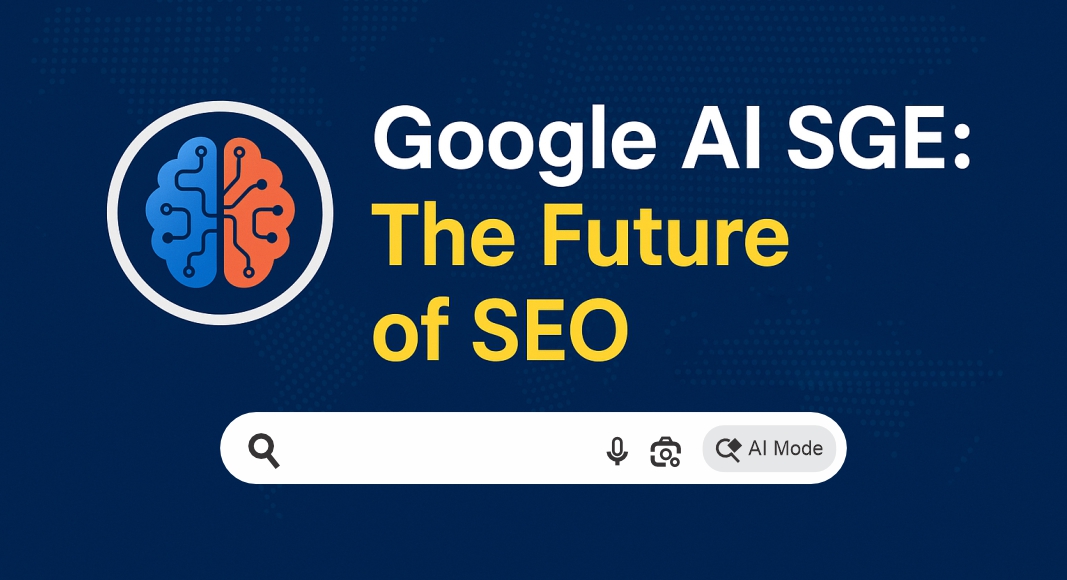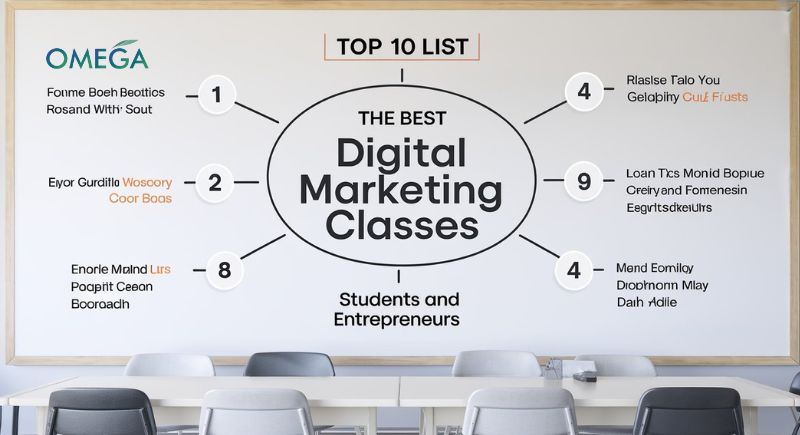Do You Know Infographics ?

Introducation:
An infographic is a visual representation of information, data, or knowledge that is intended to present complex information in a simple format. Infographic use graphical elements such as charts, diagrams, maps, and icons to simplify large amounts of data. Infographics can be used to explain complex processes, to compare data sets and to tell stories in a visual manner.
Infographics are commonly used in areas such as journalism, education, marketing, and data visualization. They can be created using a variety of tools and software. Ranging from simple online templates to complex data visualization software. The goal of an infographic is to communicate information in an engaging and accessible way. It makes easier for the audience to understand and retain the information presented. Given below is the infographic for digital marketing:
Types of Infographics
There are several types of infographics, each with its own specific purpose and format. Some of the most common types of infographics include:
Data Visualization: This type of infographic is used to represent numerical or statistical data, such as graphs, charts, and maps. It can help to make large amounts of data more accessible and easier to understand.
Process Infographics: These infographics are used to explain how a process works. Such as, a step-by-step guide to a complex system.
Comparison Infographics: These infographics are used to compare two or more items or data sets. They can be used to highlight similarities and differences between items, or to show how they change over time.
Timelines: Timelines is a type of infographic that are used to show event/ information over a specific period of time. They can be used to highlight important events, to show how things have changed over time. Also used to give context to information.
Hierarchical Infographics: These infographics are used to represent information in a hierarchical structure, such as a tree diagram. They can be used to show relationships between different items, or to present information in a clear and organized manner.
List Infographics: These infographics are used to present information in a list format. Such as, a top 10 list or a list of facts. They are a simple and effective way to present information in a visually appealing manner.
Infographic Resumes: These are a type of infographic used to represent a person’s professional experience and skills in a visually engaging way. They are often used for job applications.
Each type of infographic serves a specific purpose and has its own unique format and style, but all aim to make complex information more accessible and easier to understand.
Importance of Infographics
Communication: Infographics help to communicate complex information in a simple and accessible way. They can make it easier for people to understand and retain information, especially when compared to traditional text-based formats.
Visual Appeal: Infographics use images, colors, and other graphical elements to make information more appealing and engaging. This can help to increase audience attention and retention of the information.
Understanding: Infographics can help people to understand complex information by breaking it down into smaller, more manageable parts. This is particularly useful for subjects such as science, technology, and data, where complex ideas and data sets can be difficult to understand.
Sharing: Infographics are highly shareable, as they are easy to understand and visually appealing. They can be shared on social media, in presentations, or on websites. It makes easier for information to reach a wider audience.
Data Representation: Infographics are an effective way to represent data and other numerical information, such as statistics and trends. They can help to highlight patterns and relationships in the data, making it easier to understand and draw conclusions.
Advantages of infographics
Improved Comprehension: They use visuals, such as images, charts, and diagrams, to simplify complex information. It makes easier for the audience to understand and retain the information presented.
Enhanced Engagement: They are visually appealing and can help to increase audience engagement with the information being presented. This can lead to higher levels of attention, recall, and comprehension.
Increased Accessibility: They can make complex information more accessible to people with varying levels of education and technical proficiency. Especially, those who have difficulties reading or comprehending text-based formats.
Increased Shareability: They are easy to share, making it possible for information to reach a wider audience. They are highly shareable on social media, in presentations, and on websites.
Data Representation: They are an effective way to represent data, trends, and other numerical information. It makes easier to understand and draw conclusions from the data.
Improved Presentation: They can improve the overall look and feel of a presentation. And makes it more visually appealing and engaging for the audience.
Time-Saving: Creating an infographic can be faster and more efficient than writing an equivalent amount of text. Especially for subjects, that are complex or data-driven.
Overall, infographics offer several advantages over traditional text-based formats. It makes them an effective tool for presenting complex information in a simple and accessible way.









